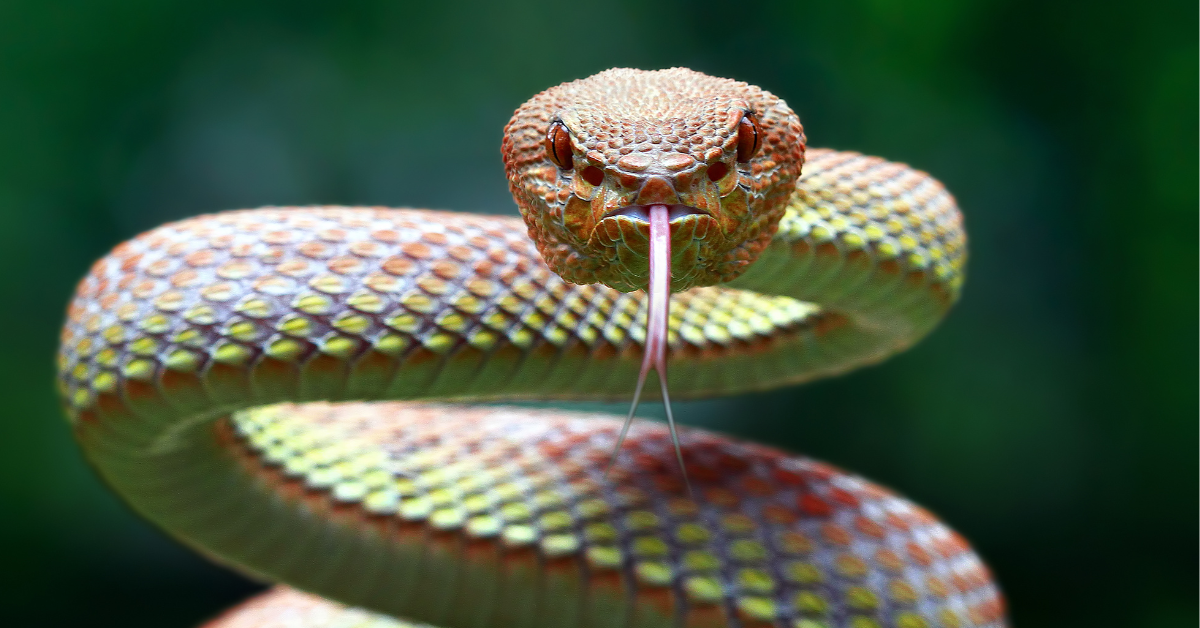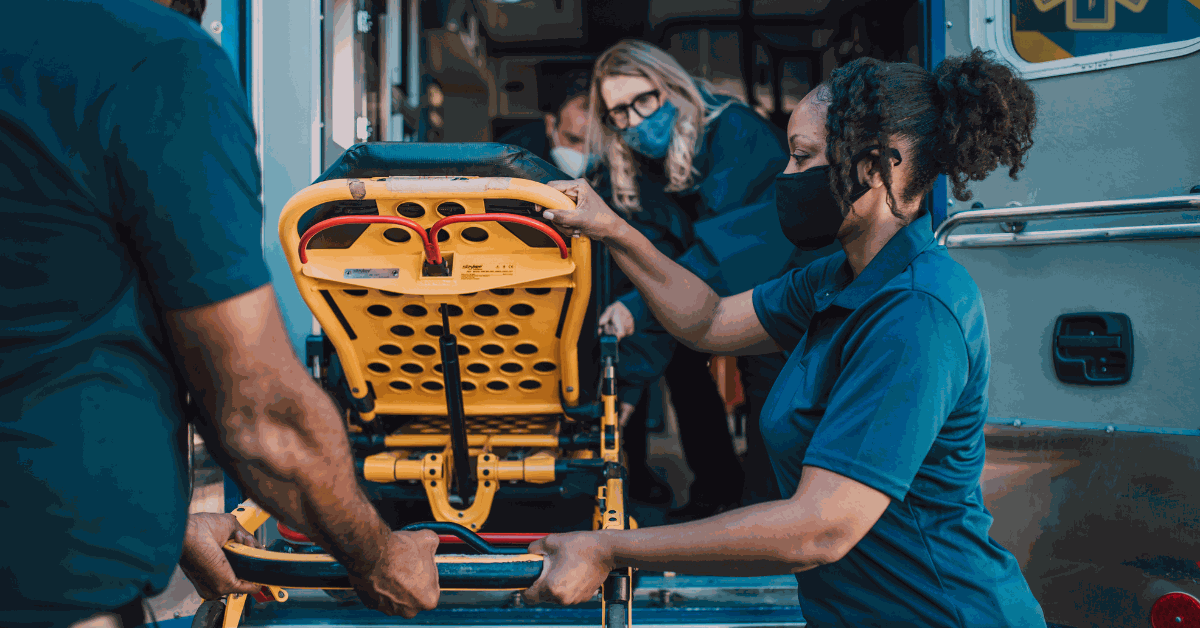In part 1 of this topic, we described the success we have seen in the Eastern District of Texas by applying psychological research methodology in a series of cases tried in that venue. In part 2, we began describing the methodology and why it works. In the conclusion below, we cover the final pieces of the methodology and share some concluding thoughts applicable to cases anywhere in the country.
Juror Profile Advancements
Getting the themes and arguments right, of course, is only part of the story, and a cogent argument can be made that trial outcomes are as much a factor of who hears the case as they are of what is presented. In Forgent v. Echostar, the attorneys were concerned about prospective jurors’ knowledge and experiences connected with DVRs (Digital Video Recorders), satellite dishes, and similar technology, being convinced that hands-on use of such devices would regulate jurors’ infringement and invalidity opinions, since the case at hand involved related technology. Subjecting the litigators’ hypotheses to empirical test, correlational analyses were performed that examined the extent to which such knowledge and experiences actually influenced subsequent verdict outcomes.
The results revealed no statistical relationship – in other words, knowledge and experiences connected with this technology did not affect verdict outcomes in the four mock trials (the analyses were conducted on a combined sample size of 96 respondents who participated in the four projects). Instead, the items that were predictive – the measured variables that did regulate verdict outcomes – were variations of the same ones that had been identified seven years earlier in a paper describing the “Universal Plaintiff Juror”.3
A more refined identification of the key measurements that were strongly related to verdict preference was eventually accomplished through correlational analyses conducted in replication across successive research projects. Once such replication was achieved, the identified measurement items were considered “must have” in any Supplemental Juror Questionnaire submitted for a defendant (since the items reliably identified high-damage plaintiff jurors to serve them up for strike by defendant. Working for a plaintiff, these items would be the ones that the trial team would most emphatically not want, since they would identify and expose the best jurors for their own side in that case, thus making them vulnerable to strike by opposing counsel).
These predictive items measured a stable temperament characteristic that psychologists refer to as cynicism – the tendency to view the world as sinister, malevolent, or predatory in nature, particularly with regard to those in a position of power within corporate management (this is distinguished from an oft-confused concept known as skepticism, which is a tendency to doubt a proposition without sufficient proof. Skeptical jurors are good jurors for defendants!). As research had revealed that plaintiff jurors typically process patent cases in terms of the question of misappropriation (theft), plaintiff jurors – those who are more cynical – were consequently more apt to view the defendant as having stolen the plaintiff’s intellectual property. Thus, plaintiff jurors were more likely to hold the belief that technology had been “stolen” because they were more cynical, and ultimately more likely to award high damages precisely because of such beliefs.
In one of the most important cases in which we were involved, four defendants were being sued and the cynicism items were included in our proposed Supplemental Juror Questionnaire (“SJQ”) submitted to the court. Not knowing their significance, the plaintiff “passed” on the SJQ and it went to the prospective jurors. Striking strictly on the basis of answers to the cynicism questions, a disproportionate number of minorities were removed from the panel by defendants. Plaintiffs immediately issued a Batson challenge, whereupon it was explained to the court that only the race-neutral SJQ items measuring cynicism were used as a basis for the strike decisions. The Batson challenge was summarily denied, and the jury – a jury that the defense wanted – awarded $3.5 million across four defendants, or $875,000 each (plaintiff’s request was approximately $70 million).
Continued use of the items is apparently starting to arouse the suspicions of some local plaintiff counsel, who see us in court in East Texas on multiple occasions. In the most recent one, plaintiff counsel stopped us after jury selection in which similar results were obtained and sneered, “You are so predictable.” At least the results were, as the jury in that case awarded only $1.5 million against our client, after plaintiff had requested over $60 million from the jury.
It is not intended to infer that these results were a sole function of the psychological measurement technology implemented in jury selection. As stated previously, damages suppression is the result of a convergence of factors, ranging from attorney preparation; witness training; state-of-the-art visual exhibits; theme development; and other tactical measures. Such measures are obviously instrumental in accompanying the research endeavors described presently to create the overall benefits of reducing 8-,9- and 10-figure nuclear verdicts into damages figures that are 1-3% percent of those amounts.
Incidentally, cynicism is not the only operative construct that requires close attention in jury selection in these cases. Various indicia of information processing styles – how jurors assimilate data, store (or fail to store) complex evidence, and similar attributes are also strongly predictive. Thus, for example, individuals whose work entails detailed information or measurements – engineers, programmers, technicians, etc. – are less likely to find infringement, since for them, minor differences tend to be significant. Psychologists use a construct entitled “information need” to describe the amount of data, information, or evidence that a person characteristically requires in order to make a decision. This construct has been labeled “cognitive sophistication” by other psychologists, but from the standpoint of strategic implementation, it can most reliably be assessed and evaluated through the systematic construction of the SJQ.4
Substantive Knowledge of the Cases
As described particularly in article “Navigating the Road to an Intellectual Property Verdict – Planning, Execution, and Things that Go Bump in the Night,” 5 jurors do not deliberate based on what happens in the courtroom – instead, they deliberate based on what they store, retain, and retrieve later from their memories. Thus, the transfiguration of evidence that occurs during the process of storing and later retrieving information from memory plays a vital role in shaping trial outcomes. The key technical features that infringement and invalidity experts place as central to their testimonies often do not emerge as factors in deliberations at all. Instead, the arcane nature of most of the key issues in patent litigation dictates that jurors will substitute other more “accessible” issues – personal relationships, licensing agreements, market performance, individuals’ own stories – for the more technical arguments that are fundamental to the actual case issues. But the question arises, “Is that so much different from what happens in complex business litigation, antitrust, or even toxic cases?” The answer here is that jurors substitute “accessible” personal interest stories even more readily in patent cases because they do not understand the technology, and so successful theme development often entails “backward engineering” the verdict form so that jurors will answer key interrogatories in a manner dictated by the “accessible stories” that can be woven from the fact scenario in a tactically beneficial manner. Development of these stories, in turn, is a function of learning from jurors what resonates with their perspectives, on the basis of trial simulation research conducted in advance.
Conclusions
Our biggest lesson has been that invalidity issues tend to center around these “accessible personal interest stories” more so than do infringement issues, and that jurors typically process invalidity as a dispositive case fulcrum point before infringement. If a patent case is really about misappropriation, as jurors tend to figure, then what is the worth or value of what was stolen? In short, what is the “validity” of this patent? Psychologically, our research in cumulative fashion has revealed that patent cases are typically tried “backward” and that invalidity should be the first issue addressed, not the last. This is consistent with the finding that virtually every defense verdict in East Texas has occurred with invalidation of the patents in suit, not by upholding validity and finding non-infringement.
All of this progress in the last decade points to a lot of work, and indeed, when asked for strategic recommendations emanating from the research, the most important admonition is that these cases are not won through clever deductions or analytical reasoning. Instead they are won by hard work, investment of time, energy and money, and most of all, outpreparing the other side.
There is really nothing mysterious about the action plans described presently – it is only a matter of systematic application of known methods in psychological research designed to predict human behavior. It only appears mysterious because very few trial teams have the time or inclination to do the work (or alternatively, in this day and age, clients do not want to spend the money, even though the economic benefits are many hundreds of times the initial investments). If “known methods of psychological research designed to predict human behavior” sounds mysterious, this should not be too much to ask of a jury research practitioner. Unfortunately, very few decision makers actually do ask for these types of qualifications. What has happened in East Texas is something that should happen in each and every one of the problematic trial venues in the country.
Be confident in achieving superior litigation outcomes. CSI has the expertise, track record, and capabilities to help you win.



